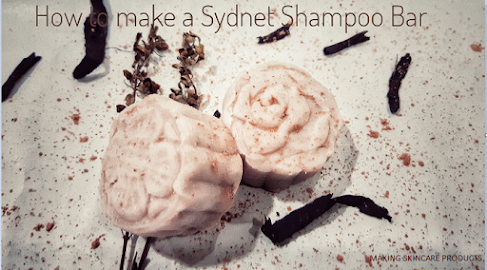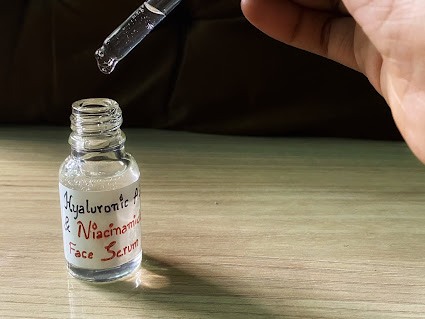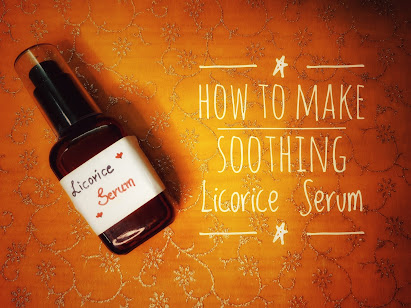How to make a Sydnet Shampoo Bar
Firstly, let me confess that I was never a shampoo bar or a conditioner bar person. I thought it would tangle my hair and is not convenient. I made a conditioner bar nearly an year back and was tough to use because it was crumbling. It was difficult to use broken pieces of conditioner. I made a small size batch since the ingredients were expensive.
Now, let's us leave the conditioner bar and come to Shampoo bar. I have made 4 bars so far and I really like it. My family loves these shampoo bars. It doesn't make my hair like grass or straw 😛 and guess what, it doesn't crumble or break easily. Super convenient too. No wrapping or storage container required. But, there are few takeaways from my shampoo bars which I will mention in the last. Let's hop onto making a Shampoo bar.
So, what does a Shampoo Bar contain?
The main and major portion of a Shampoo Bar is powdered surfactants. It varies between 60-80%, the more the powdered surfactants, the harder it will be. It also depends on other ingredients added. SCI (Sodium Cocoyl Isethionate), SLSa (Sodium Lauryl Sulfoacetate), SCMI (Sodium Cocoyl. Methyl Isethionate), Sodium Coco Sulfate(SCS) are few anionic mild surfactants. SCI and SCS are ECOCERT approved. (Just a note, few feel SLSa itchy if more than 15% is used). Natural surfactants like Shikakai or Reeta can be added but it is tricky to preserve since there is a high chance of mold growing without a strong preservative.
The next one is a liquid surfactant to bind the solid ones and also for increase in mildness. Amphoteric ones like Coco Betaine or Non-Ionic ones like Decyl Glucoside or Coco Glucoside are generally used.
To add some conditioning properties or anti frizz benefits, conditioning Cationic emulsifiers(surfactants) like BTMS, Behentrimonium Chloride or GHTC and proteins like Hydrolysed wheat protein or rice protein or silk protein is added.
Cetearyl alcohol helps in making the bar hard.
Film forming silicones like Dimethicone or natural ones like Coco-Caprylate/Caprate, Lexfeel also help in reducing hair frizz. Dimethicone can cause buildup if used in more or for certain types of hair.
I have added humectant (Glycerine) which is not really required. Since my hair likes Glycerin I have added it.
Essential Oils like Cedarwood, Clarysage or Carrier Oils like Bringraj and Amla is added due to their hair growth benefits. I personally don't add a lot of oil because shampoo is made to rinse off the oil on hair and adding more oils or butters would cause foam to suppress. Infused oils can also be used instead of carrier oils. I have infused Alkanet in Coconut oil since it gives a nice natural color to shampoo bars.
Since water would be introduced while using and is mostly left damp, it can be contaminated. To prevent this, a broad spectrum preservative is must.
And the last one, but the most important, Citric acid or lactic acid solution to bring the pH down. pH would definitely be high if used surfactants of high pH.
Ingredients used: (100g batch)
SCI 50% - 50g
SLSa 15.5% - 15.5g
Coco Betaine 10% - 10g
Glycerin (Butterfly pea infused) 2% - 2g
Coco- Caprylate/Caprate 3% - 3g
Cedarwood and Clarysage E.0 1% - 1g
Geogard ECT Preservative 1% - 1g
Citric acid - as applicable ( I used 10 drops of 50% solution to get pH to 5.5)
Hydrolyzed Wheat Protein 1% - 1g
DL Panthenol 1% - 1g
Double boiler phase:
Behentrimonium Chloride 5% - 5g
GHTC 1% - 1g
Cetearyl Alcohol 4% - 4g
Alkanet infused oil 5.5% - 5.5g
1) First melt all the double boiler phase ingredients in a beaker. It takes a while to melt because melting point of Behentrimonium Chloride and Cetearyl Alcohol is quite high. I was not able to melt these without a little amount of oil.
2) Measure SCI and SLSa in a separate container. I will be mixing it with hand and pressing it using moon press, so will use a wide mouth container or vessel.





Comments